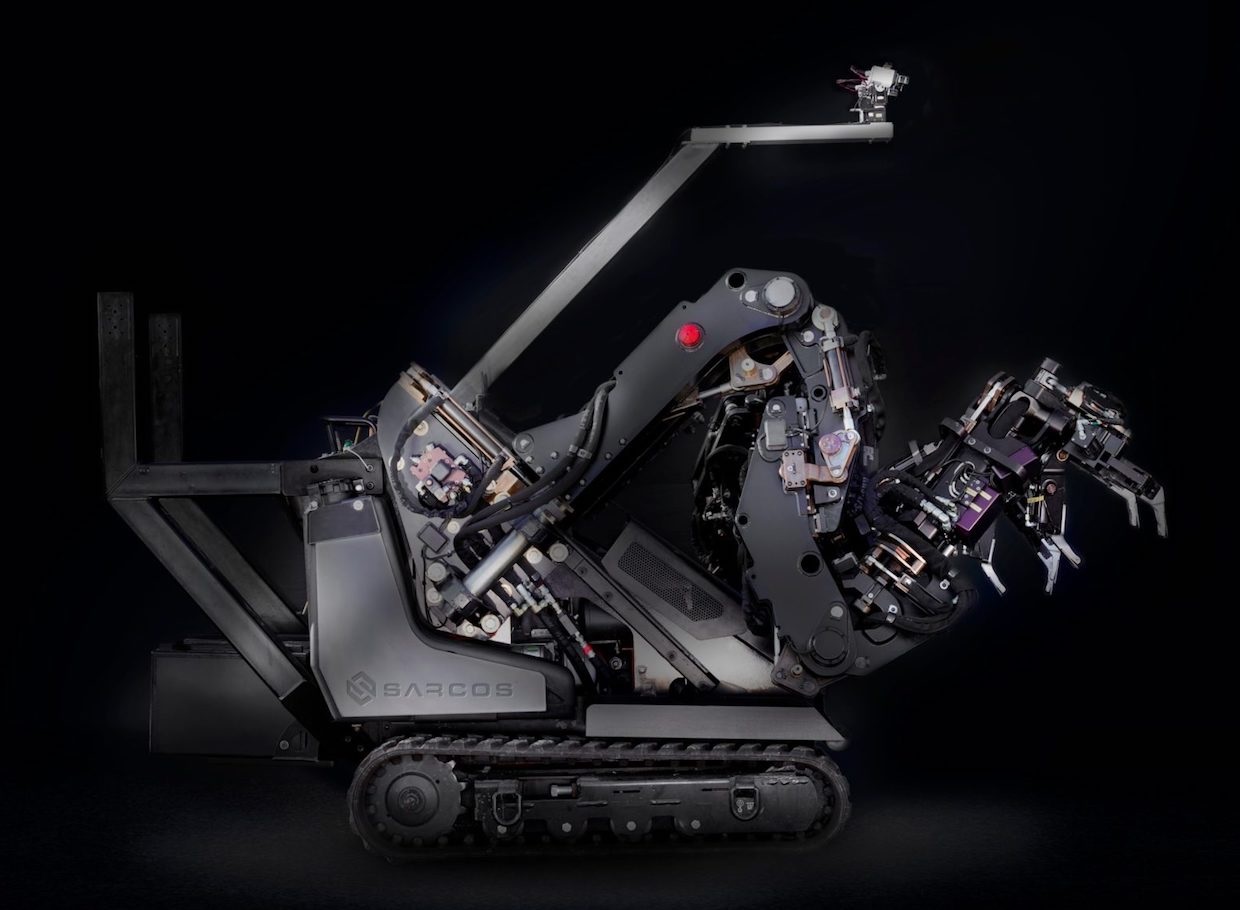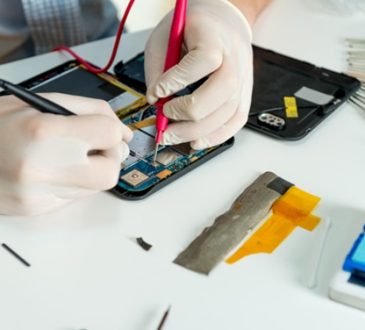
They are a common sight in many manufacturing and industrial environments. You have seen plenty of these on movies and TVs as well. Pick and place robots are mostly tasked with completing simple but monotonous tasks that would otherwise cause muscle pains to human workers or boredom.
Although their operations require stable mounting on a strong stand, these motion control robots are strategically placed to operate in a manner that allows them to reach the entire designated workspace.. They have grippers which enable them to grasp items and place them on the required destination or on the conveyor belts. Pick and place robots bring a fair share of beneficial returns to manufacturers.
Uses of Pick and Place Robots
Pick and place robots can be used to complete a variety of tasks. The use depends on the specific item and the manufacturer’s reason for automation. Here are four major uses that are common in many manufacturing units.
Assembling
In assembling tasks, pick and place robots are able to grasp an item from point ‘A’ to another point ‘B’. These points may be different conveyor belts that are carrying the items through different production or value addition processes.
Inspection
Some pick and place robots are fitted with vision systems which allow them to inspect products or items that are coming through a conveyor belt. Using the pre-programmed vision systems, the pick and place robots are able to detect faulty or defective products and have them removed or replaced before reaching the final stage of the production process.
Packaging
In packaging, pick and place robots are able to pick items from a conveyor belt and bring them to a packaging location at a high velocity. Others are tasked with moving the already packed items through the conveyor belts to other production stages such as labeling or serializing.
Sorting
Some pick and place robots have vision systems which allow them to pick particular objects from a mixed assortment and place the required part through a production process. The vision system enables the robot to identify the required item even if there are random pieces mixed together.
Benefits of Using Pick and Place Robots
Pick and place robots have an end-of-arm tool that can be adjusted to fit different tasks which will match the production requirements. That they are able to move products of all sizes and weights makes automation of material handling in an industry very profitable. Many companies realize an increased output after introducing pick and place robots in the production processes.
Increased speed and improved consistency are other benefits of pick and place robots. Automation allows for moving of up to about 200 items or so within a minute. Monitoring and inspection robots can look through over 150 items in a minute without making any errors.
Here are other benefits of using pick and place robots.
They Occupy Minimum Factory Space
Collaborative pick and place robots from https://www.universal-robots.com/ are ideal for factory floor space conservation. They are placed on compact stands and this allows them to occupy just a small area of the factory floor. They can be set to run on a program that will confine them to a specific working space. This creates more space for other production activities.
Improved Accuracy
Unlike humans, pick and place robots can repeat the same task for 24 hours, seven days a week without creating any room for errors. They have a high repeatability capacity and a high precision capability which makes the end result very accurate.
Reduced Costs of Production
The whole operation of pick and place robots cuts down on the total cost of production. Because they are able to provide accurate end-results, there is a reduced wastage of production resources. Improved consistency cuts down on time wastage and high output helps bridge the demand-supply gap. All these factors put together make pick and place robots an ideal production solution that is cost-effective.
In addition to all these benefits, pick and place robots provide increased returns on investment for manufacturers. The benefits are all channeled to increasing output, reducing the amount of time spent in a process as well as improving on the quality of the final output. All these are profitable and can go a long way in helping a company realize rewarding returns on investment within a short time.
Relieve your human workers off monotonous, boring, and repetitive tasks by investing in pick and place robots. These robots will deliver tangible advantages to your production company regardless of size.




